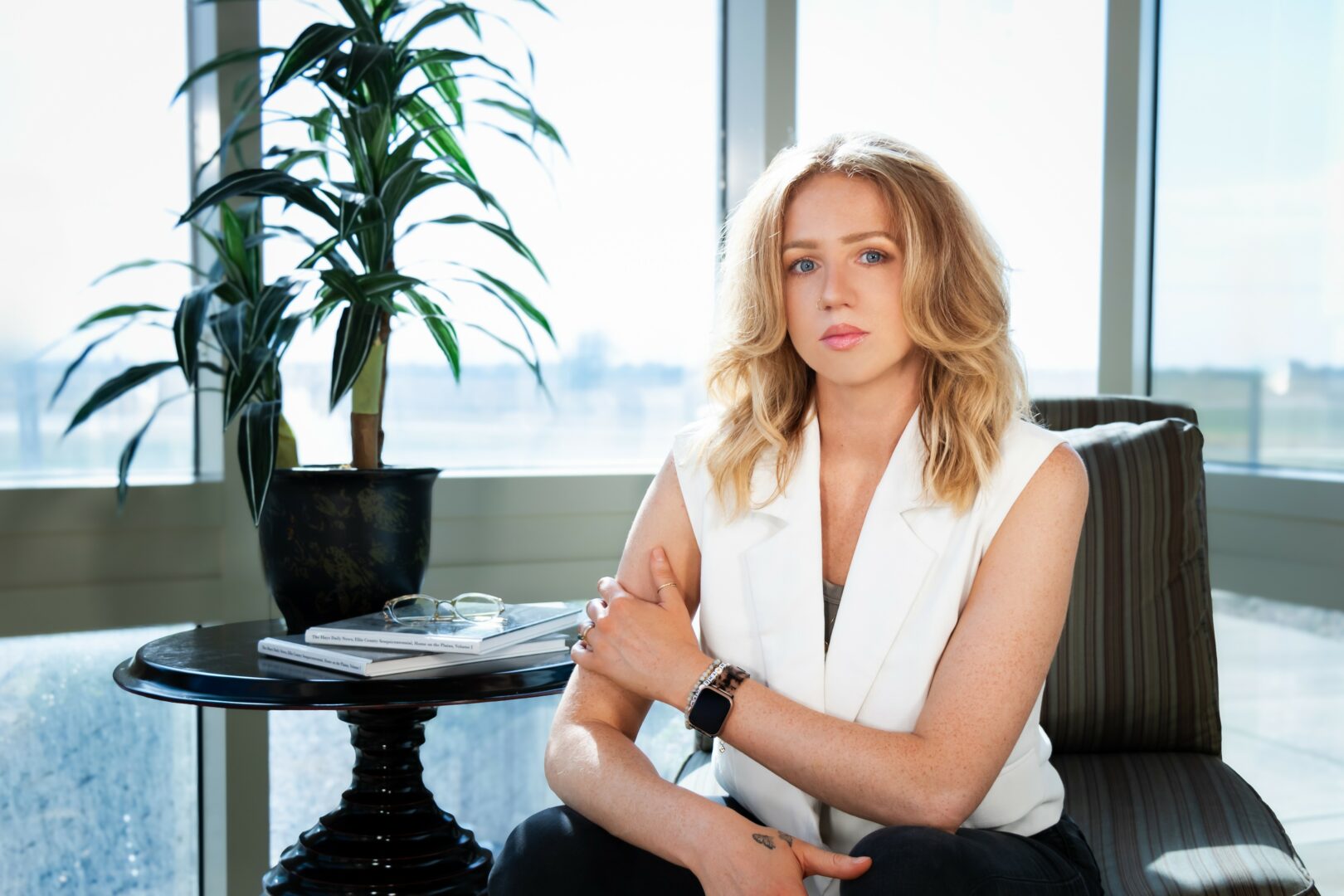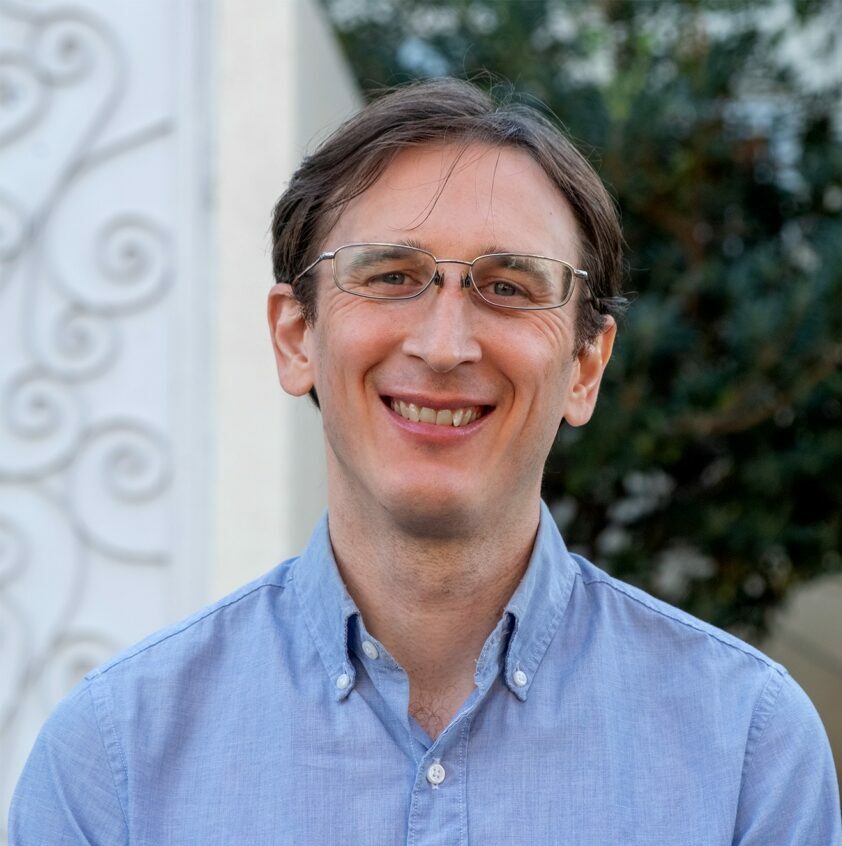We were lucky to catch up with Bradley Shelver recently and have shared our conversation below.
Bradley, appreciate you making time for us and sharing your wisdom with the community. So many of us go through similar pain points throughout our journeys and so hearing about how others overcame obstacles can be helpful. One of those struggles is keeping creativity alive despite all the stresses, challenges and problems we might be dealing with. How do you keep your creativity alive?
Keeping the Flame Alive: My Journey in Sustaining Creativity
Creativity, for me, has never been a fleeting spark — it’s a living, breathing force that demands attention, curiosity, and care. From an early age, I learned that imagination is both gift and discipline. Growing up surrounded by rhythm, movement, and the constant hum of possibility, I began to understand that creativity doesn’t arrive fully formed; it must be nurtured, challenged, and sometimes rebuilt from the ground up.
Over time, I realized that keeping creativity alive is not about waiting for inspiration — it’s about creating the conditions where inspiration can find you. As a dancer and choreographer, I learned to seek out moments of stillness just as much as movement. Travel, music, conversation, and observation became my teachers. Every rehearsal, every collaboration, every long walk in silence offered new ways of seeing and interpreting the world around me.
One of the most essential habits I’ve developed is staying curious. I ask questions constantly — of my dancers, my peers, my own instincts. I experiment, fail, and reimagine without fear of imperfection. I surround myself with artists and thinkers who challenge me, and I make space for the unknown. Teaching has also become one of the most powerful ways I sustain my creativity. Guiding young artists reminds me daily that creativity thrives when it is shared — when we pass it forward.
I also protect time for reflection. Journaling ideas, revisiting old works, or simply observing the way light moves across a studio floor helps me reconnect with why I create in the first place. Creativity needs care, patience, and trust — it’s an ongoing relationship, not a result.
Ultimately, keeping my creativity alive is about remaining open — to change, to emotion, to risk. It’s about staying connected to the pulse of humanity that dance embodies. As long as I continue to listen, to move, and to wonder, that creative flame will never fade.
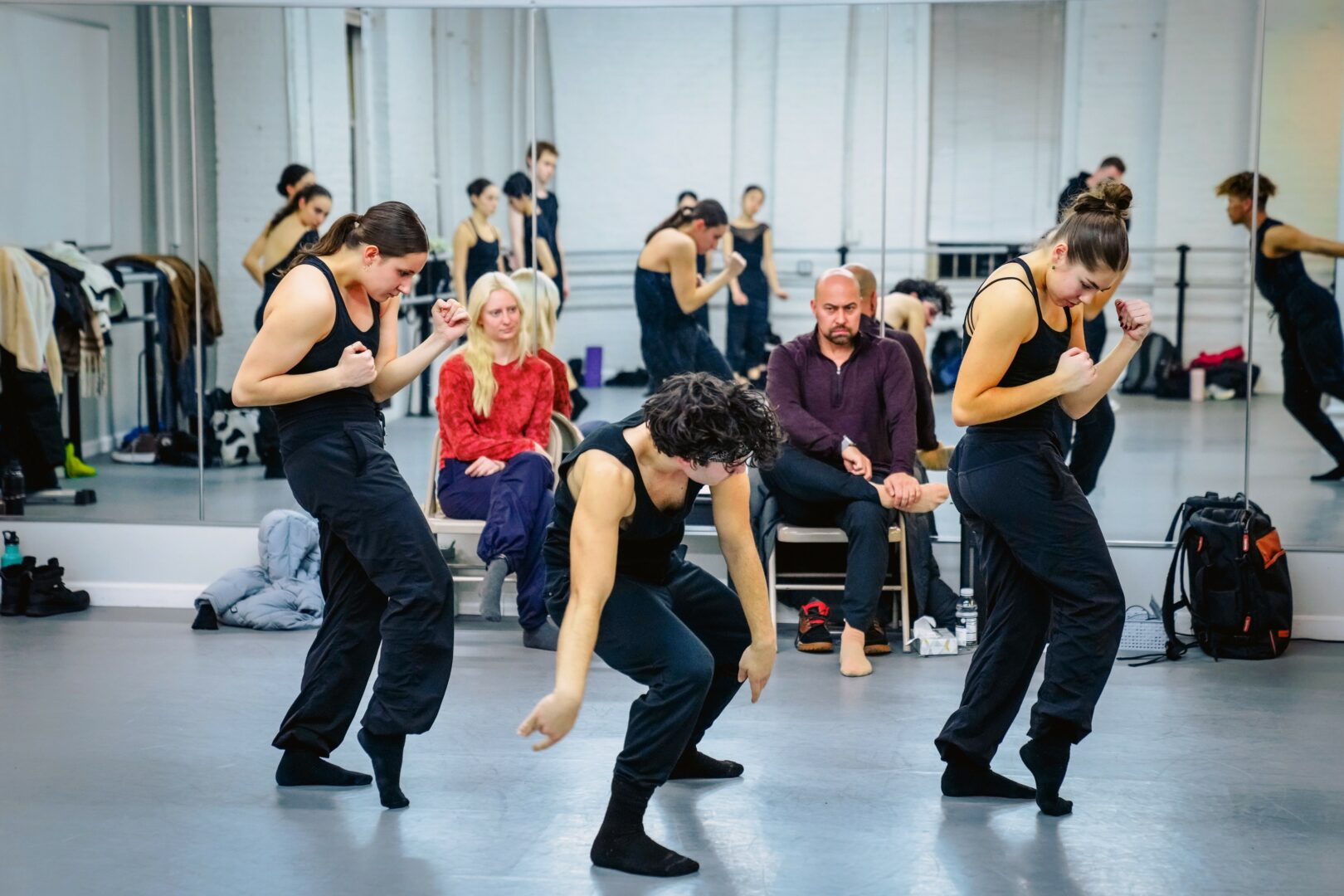
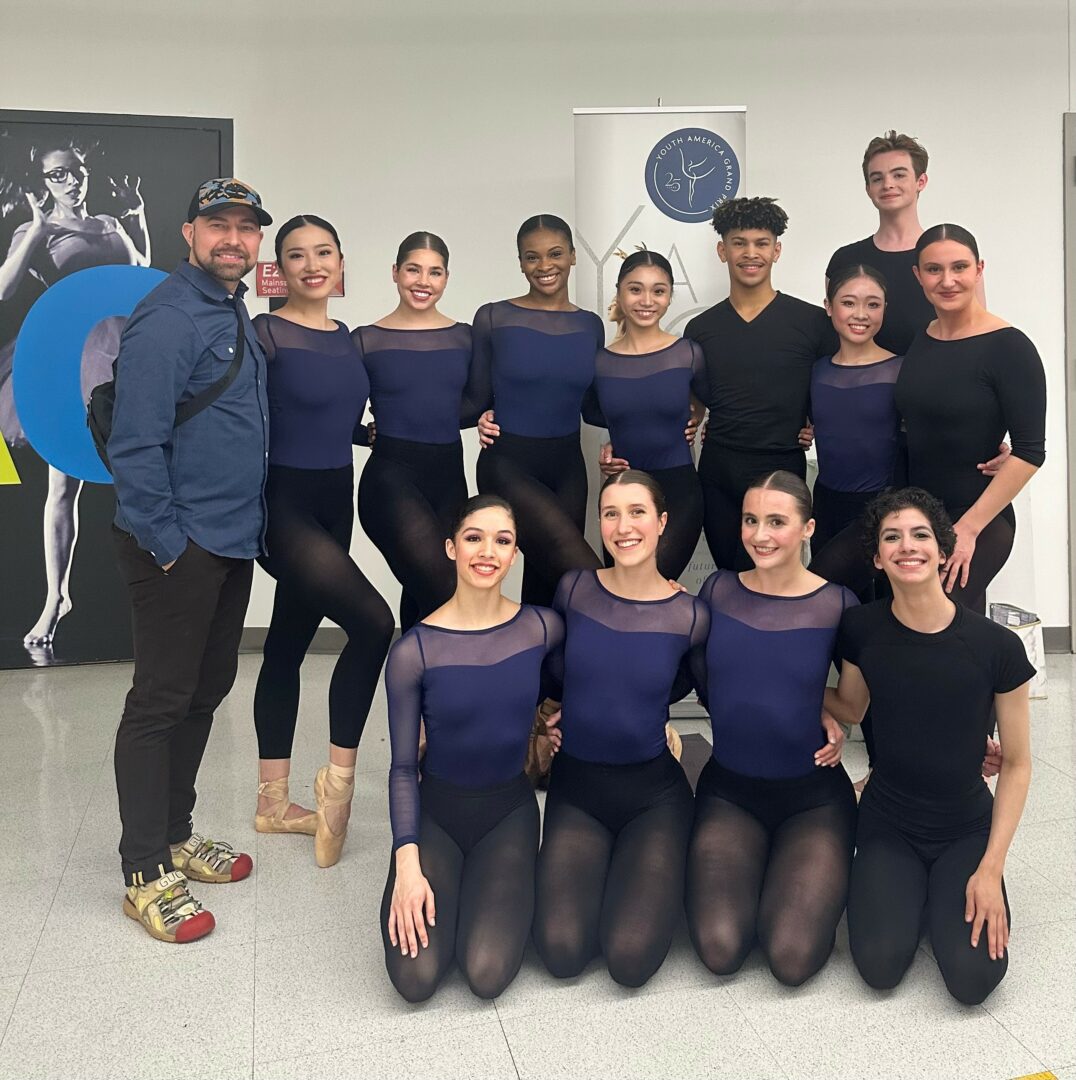
Thanks, so before we move on maybe you can share a bit more about yourself?
My career has always been guided by a deep commitment to artistic exploration, education, and the continual evolution of dance as a living, relevant language. I was born in South Africa, and after recieveing a scholarship from Ms Judith Jameson to the Alvin Ailey American Dance Theater, i replanted my roots in NYC and began to cultivate my performance, choreographic and directing career . I am the Artistic Director of the Joffrey Concert Group, founded in the early 70’s and oversee the Jazz and Contemporary Trainee Program at the Joffrey Ballet School founded in 1953 in New York City. My work bridges the classical and the contemporary — honoring tradition while pushing the boundaries of movement, form, and emotional expression. I still perform with the Metropolitan Opera Ballet where i have been for 17 years, i am also currently serving on the Artistic Advisory Board for the institution.
What excites me most about what I do is the process — the constant dialogue between the dancer, the music, and the human story we are telling. Every rehearsal room, every collaboration, is an opportunity to discover something new about the body’s ability to communicate. I am passionate about helping dancers not only refine their technique but also uncover their individuality — their voice within the language of dance.
My choreography and teaching are deeply rooted in connection — to emotion, to humanity, and to the spaces we inhabit. Whether I am creating a new work, directing a performance season, or mentoring young artists, my goal is always to foster curiosity and courage in the creative process. I believe the most powerful art happens when vulnerability meets discipline.
Right now, I’m focused on expanding opportunities for young professional dancers through innovative programming at the Joffrey Ballet School. We are developing a more robust and inclusive environment that reflects the diverse voices shaping the future of dance. This includes new repertory projects, collaborative commissions with contemporary choreographers, and cross-disciplinary workshops that integrate movement, music, and storytelling.
Additionally, I am working on a new ballet titled “When the Water Breaks,” with an original score by David K. Israel. The piece explores the emotional parallels between the human condition and the dynamic, unpredictable nature of the ocean — a theme that continues to inspire me in both life and art. Then work will premier at New York Live Arts from December 17-20 as park of the “Dancing for our Wonderfukl World” program presented by vildwerk. We are also gearing up for our 45th Anniversary, new works program, “In My Art” at the Ailey Citigroup Theater on Febraury 20 and 21st, 2026.
For me, dance is more than performance — it is a reflection of who we are and who we aspire to become. My ongoing mission is to create and nurture spaces where artists can grow, take risks, and find truth through movement.
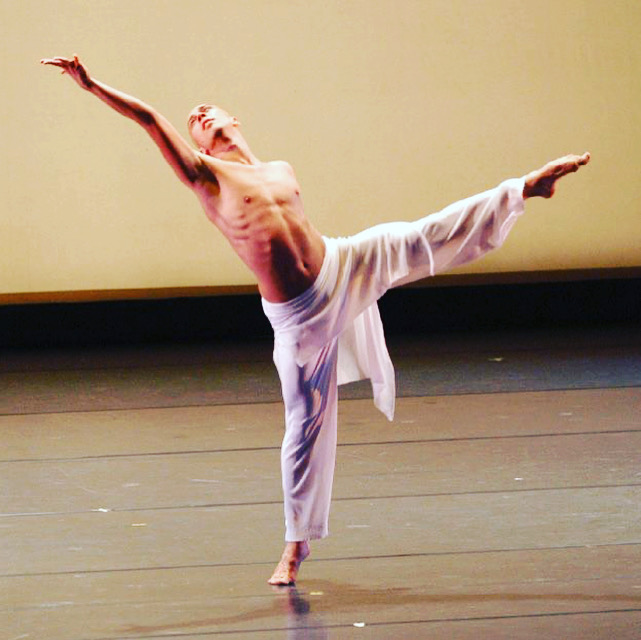

Looking back, what do you think were the three qualities, skills, or areas of knowledge that were most impactful in your journey? What advice do you have for folks who are early in their journey in terms of how they can best develop or improve on these?
Reflecting on my journey, I believe three qualities have had the most profound impact: resilience, curiosity, and empathy.
Resilience has been crucial. The dance world, like life, is filled with both triumphs and setbacks. Early in my career, I realized that rejection and uncertainty are not obstacles but integral parts of the process. Resilience taught me to remain grounded, to show up fully even when things feel uncertain, and to view every experience, whether positive or negative, as a source of growth. My advice to young artists is to persevere. Keep showing up. Your consistency will become your strength.
Curiosity has always been the driving force behind my creativity. I never wanted to do things simply because “that’s how they’ve always been done.” I relish exploring new ways of thinking, moving, and creating. Curiosity keeps my artistry vibrant and evolving. For those early in their journey, I encourage them to be lifelong learners. Watch films, read, travel, and engage in conversations with people outside their field. Every new perspective enriches their art.
Finally, empathy—the ability to truly listen, connect with others, and understand emotions—is what makes art meaningful. In dance, empathy enables us to tell stories that resonate, lead with compassion, and collaborate with trust. Developing empathy begins with self-awareness and understanding of others. Take time to listen, observe, and be present in the moment.
These three qualities have not only shaped my artistic identity but also influenced my teaching, choreography, and leadership. They remind me that artistry is not solely about perfection but about connection, growth, and the courage to remain open to the world around us.

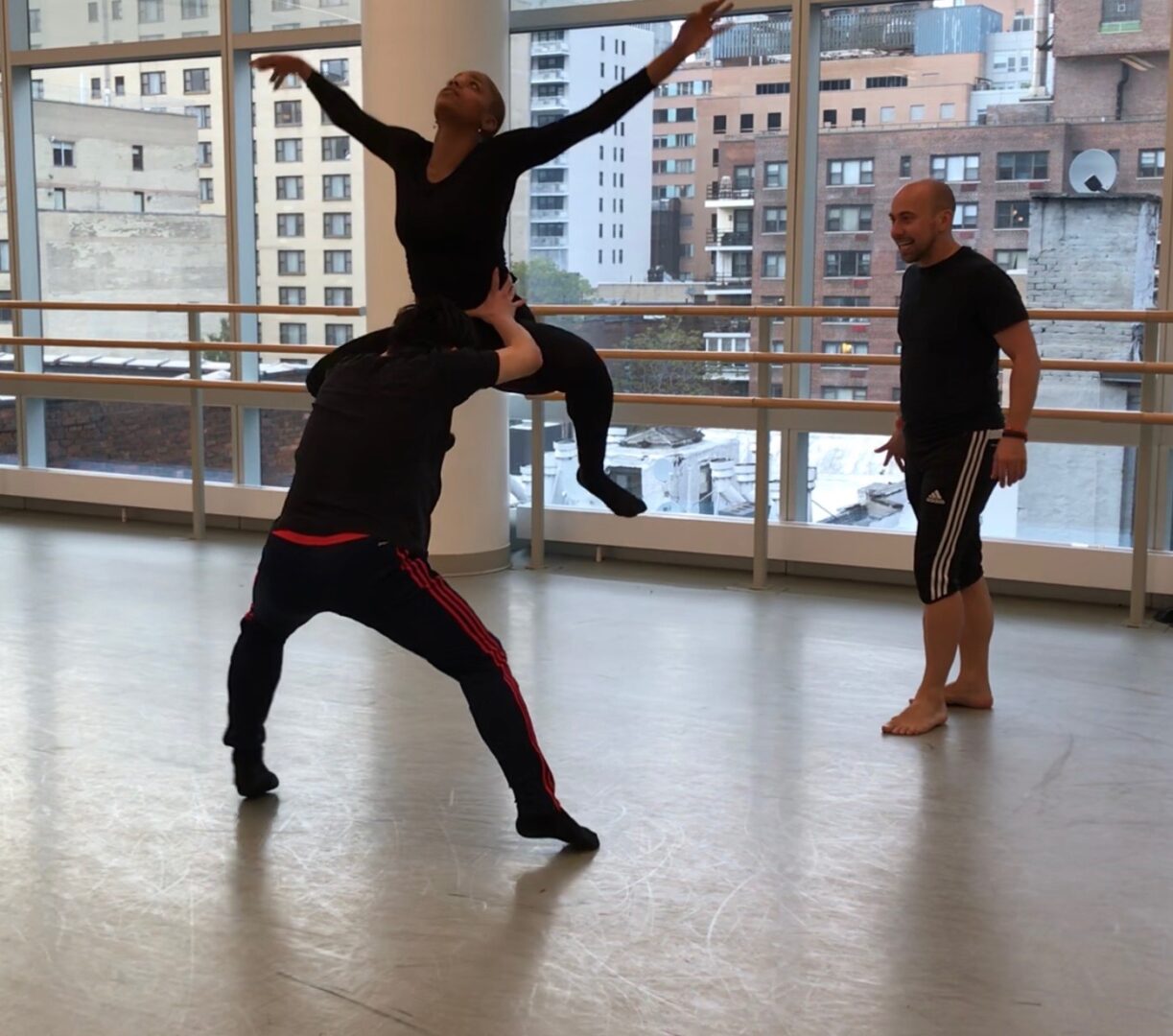
Awesome, really appreciate you opening up with us today and before we close maybe you can share a book recommendation with us. Has there been a book that’s been impactful in your growth and development?
Julia Cameron’s book, The Artist’s Way, has been one of the most transformative tools in my creative journey. I sought it out after a serous knee injury i sustained while performing at the Radio City Christmas Spectacular and was recovering from surgery, this was during a time when I was questioning my artistic direction and yearning to reconnect with the pure joy of creation. What struck me most about the book was its reframing of creativity. It didn’t view it as a rare talent or privilege, but as a natural human birthright. This realization reminded me that artistry begins with permission. It’s permission to explore, to fail, to play, and to trust that inspiration will meet you halfway if you simply show up.
Two of Cameron’s practices, the Morning Pages and the Artist Date, became cornerstones in sustaining my creativity. Writing stream-of-consciousness each morning helped me clear away the noise of perfectionism and self-doubt, creating space for authentic ideas to surface. The Artist Date, setting aside time each week to engage in something that nourishes the soul, reminded me that creativity doesn’t always come from discipline alone. It also thrives in wonder, spontaneity, and curiosity.
Perhaps the most valuable lesson I took from The Artist’s Way is the idea that creativity is an act of faith. You don’t need to have a clear destination in mind; you just need to start. This concept has shaped my approach to choreography, teaching, and leadership. It taught me to trust the process, stay open to inspiration, and find beauty in imperfection.
Even now, I often return to Cameron’s words as a grounding ritual. They serve as a reminder that the artist’s journey is not about chasing success or validation. Instead, it’s about cultivating a lifelong relationship with creativity itself—a relationship built on curiosity, courage, and deep listening.
Contact Info:
- Website: https://www.bradleyshelver.com
- Instagram: @bradshelver
- Linkedin: https://www.linkedin.com/in/bradley-shelver-babb515/
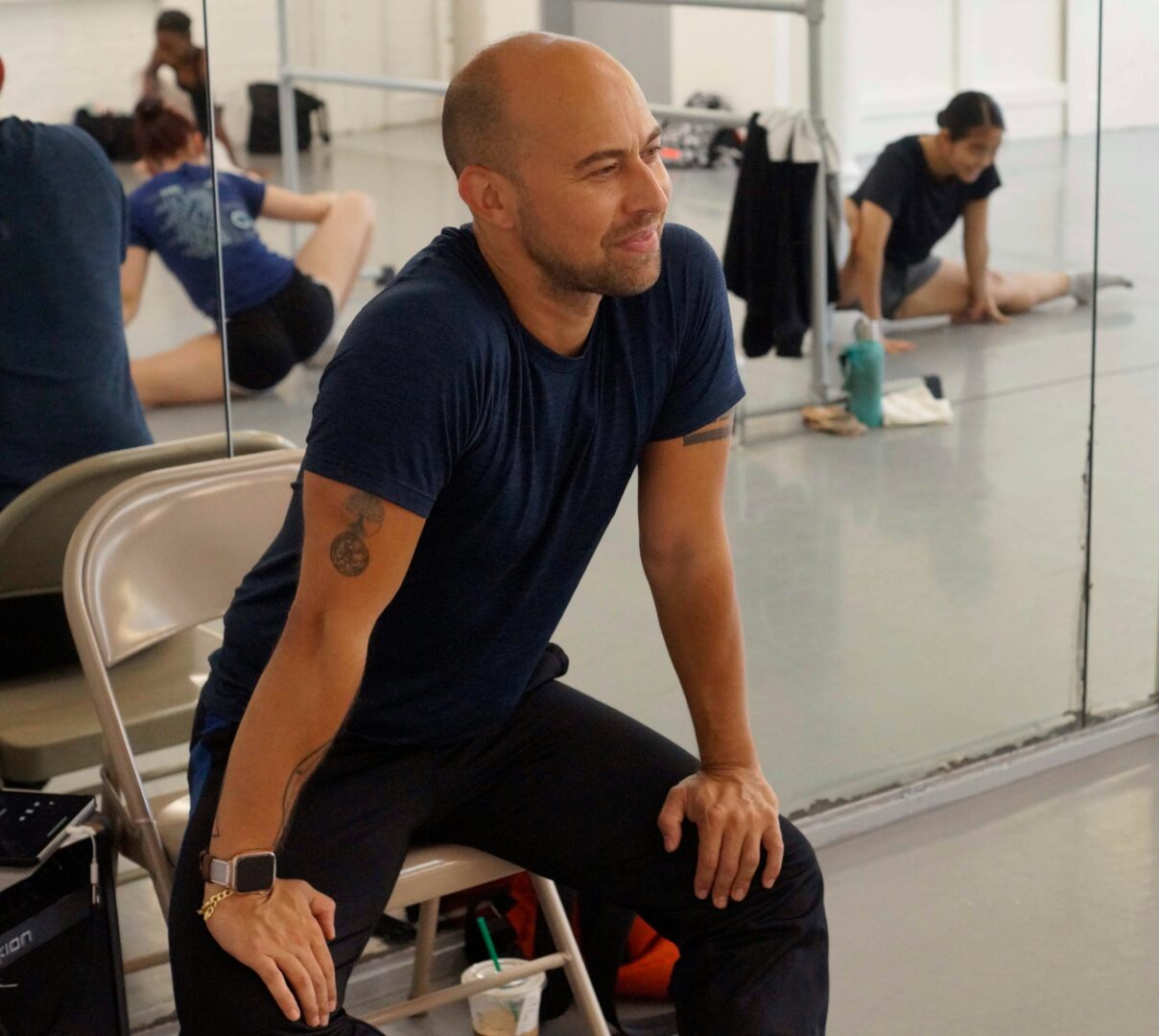
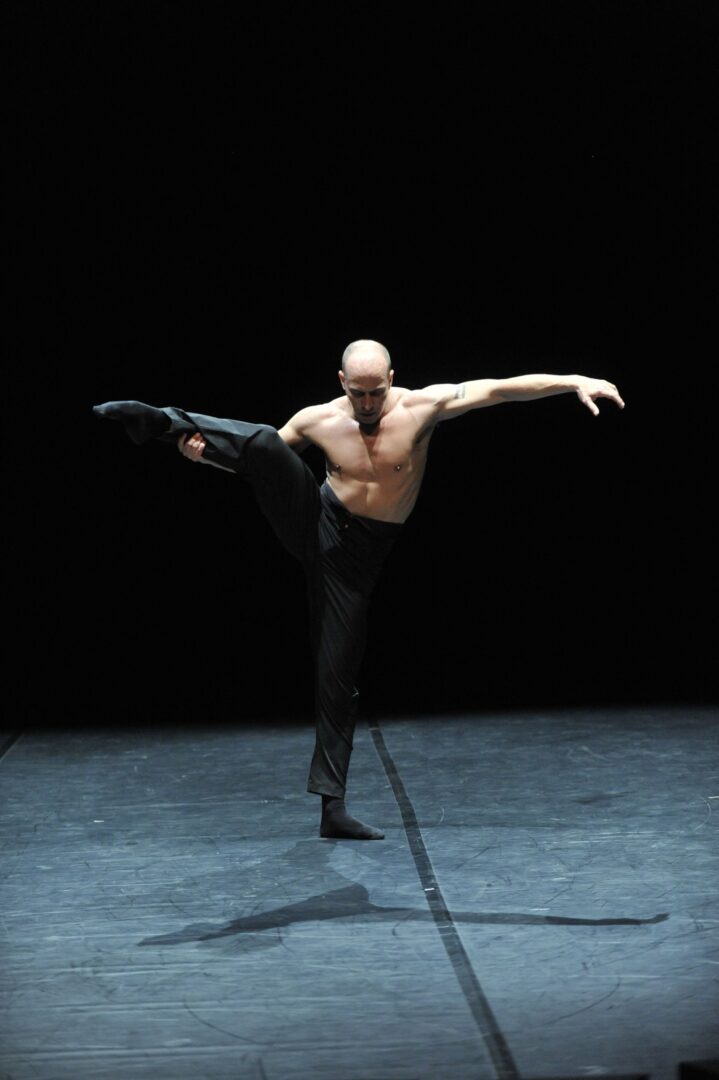
Image Credits
Maria Zamri
Nile Baker
so if you or someone you know deserves recognition please let us know here.


